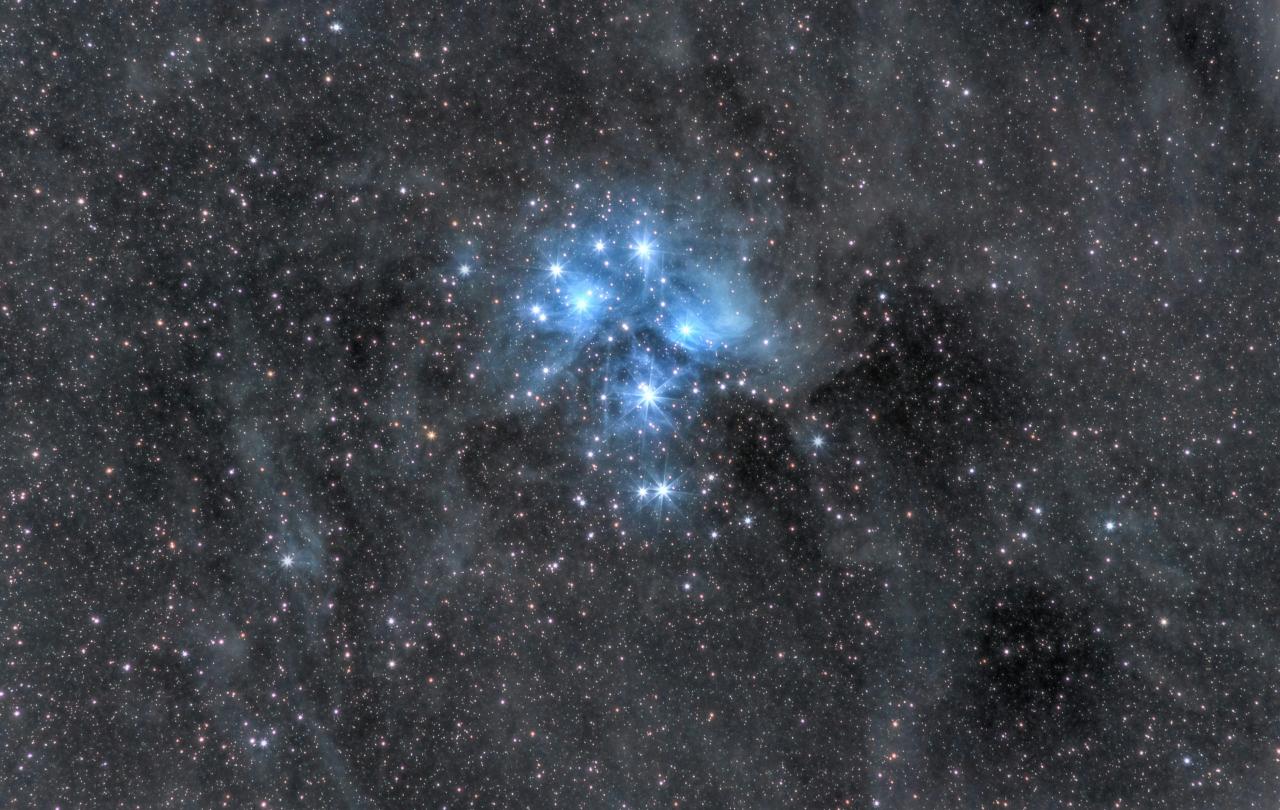
Forgive me for getting a bit ahead of myself, but I’d like to say something of the Resurrection. We’ve barely even started the Triduum and the Jesuit saying rings in my ears: “If we don’t die with him on Good Friday, we can’t rise with him on Easter morning.”
But part of the problem this epigram presents is that it’s not so much Good Friday that we skip over, but Easter morning. In our determination to focus on the Passion of the Christ, Easter can perhaps be a joyful sermon, a jolly good lunch, an exclamation that “He is risen!” and we move on.
So when it comes to miracles, too often it’s the Big One from which we avert our attention. And we can even skip the entire thing. I encountered two of my erstwhile Church primary-school children on a Holy Week dog walk. “Father George!” they cried. I’m afraid I spoke to them and their parents about clues for an Easter-egg hunt.
Like the size of the universe, Easter is almost too big for our human minds to grapple with. So we confine ourselves to reciting facts and beliefs. Our universe is 13 billion light years wide and came from literally nothing. Jesus Christ was raised from the dead and appeared to his disciples.
There is a real fear of the Resurrection among the faithful. Not in the way that scripture speaks of the fear of God, but a much more basic fear of the schoolchild that we’re not getting it right. It’s as if we’re meant to believe but can’t, with a dash of the awful dread that those who say that - rather like Donald Trump - it’s not to be taken literally but seriously might just be right.
It’s the fear of the yawning abyss between literal truth (in Greek, logos) and metaphorical or allegorical truth (mythos). And it’s as if we’re being forced to make a choice that, in conscience, we can’t. As such, it becomes what St Paul might call a stumbling block, something that gets in the way rather than illuminates. And it’s one we quietly ignore.
I think I want to say that we need to be liberated from the worry that there’s a right way to interpret it, or that there’s a binary choice to be made between literal and metaphorical truth. In the events of Easter morning, we’re being offered a both/and response rather than an either/or choice.
In this model, historicity is useful but insufficient. We know as a historical fact that Jesus of Nazareth was crucified by the Roman authorities and we can very reasonably assume, in historical terms, that one of his disciples, a woman from Magdala called Mary, went to his tomb after the Jewish sabbath and found it empty.
Thereafter the experience of the Resurrection becomes harder, if not impossible, to describe. Not just for us, but especially for the first witnesses to it. That’s partly why this gospel scripture is written in a way that is unlike any other, more breathless, more personal, more anecdotal and more experiential. It’s as if the insurgent Jesus movement is seeing in colour for the first time.
If we’re looking for a miracle, incidentally, here it is. Whatever has happened, the utter defeat and dispersal of this small, provincial band of rebels in death and despair has been irreversibly transformed within three days. The two-word modern term for this phenomenon might be: Go figure.
But we should not avert our eyes from less convenient phenomena, evidence that is not just metaphorical or allegorical but which may be downright worldly and motivated by expedience. It isn’t controversial to observe that there is a difference between the empty-tomb narratives and the apparitions (as the Roman Catholic catechism calls them) of the risen Christ, the latter in part arising from competing factions for patriarchal authority the earliest formation of Church.
The empty tomb isn’t just evidence of the risen Christ. It’s there to show us symbolically where God is not. In John’s gospel, Mary sees cherubim sitting at the head and foot of the slab on which the body lay, echoing the mercy-seat of the ancient ark of the covenant, the empty throne of the invisible Jewish God, Yahweh. The Christ has “gone ahead” to continue the living work of God in his nascent Church of the new covenant.
Above all (and those two words can be read literally), this dualistic approach to the Resurrection calls its observers to relax about it, to let go of our understanding of it. The words and actions of the risen Christ often seem to confirm as much: "Don't hang on to me", "Shalom" (Peace be with you), "Come and eat", "Feed my lambs".
So, struggling to comprehend the Resurrection isn’t a deal-breaker. In a way, the divine message is that the biggest miracle of all is no big deal. Life really does go on.
Celebrate our 2nd birthday!
Since Spring 2023, our readers have enjoyed over 1,000 articles. All for free.
This is made possible through the generosity of our amazing community of supporters.
If you enjoy Seen & Unseen, would you consider making a gift towards our work?
Do so by joining Behind The Seen. Alongside other benefits, you’ll receive an extra fortnightly email from me sharing my reading and reflections on the ideas that are shaping our times.
Graham Tomlin
Editor-in-Chief





